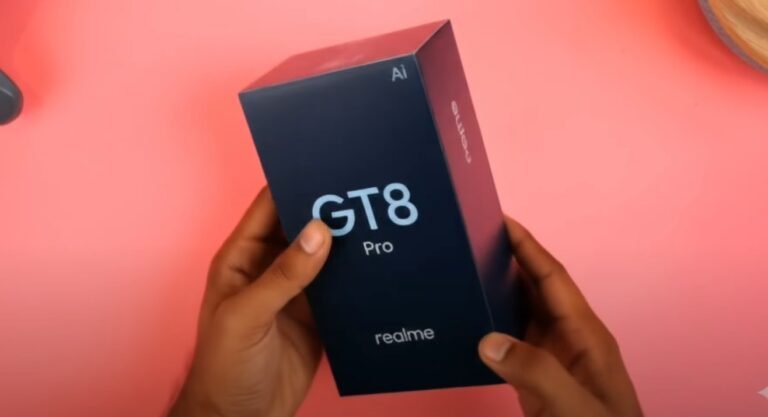Xiaomi 17 Pro Max vs Samsung Galaxy M-series: what do you gain?

The real advantages of moving from Samsung’s budget M-series to Xiaomi’s full flagship
The Xiaomi 17 Pro Max targets users who want the best smartphone technology available today, while the Samsung Galaxy M-series is designed for value-focused buyers. Comparing the two highlights what you gain when moving from a budget or mid-range device to a full flagship. For UK users deciding whether an upgrade is worth it, the differences are not just on paper but in real everyday usage.
The biggest gain comes from performance. The Xiaomi 17 Pro Max uses a top-tier Snapdragon chipset built for demanding apps, gaming and long-term speed, while the Galaxy M-series relies on mid-range processors meant for basic tasks. This means the Xiaomi delivers faster app loading times, smoother multitasking and clearer future-proofing for software updates over the next several years.
The display is another major upgrade. The 17 Pro Max features a large LTPO AMOLED panel with a 120 Hz refresh rate, making animations and scrolling noticeably smoother than the lower refresh displays typically found on M-series phones. Outdoor brightness and colour accuracy are also superior, which makes a clear difference when watching content, gaming or browsing in UK daylight.

Photography gains are even more significant. The Xiaomi flagship includes multiple high-resolution sensors, advanced zoom and image processing made for enthusiasts and content creators. In comparison, most M-series models rely on simplified camera setups that perform well for casual social media use but struggle in low light, zoom or video recording. For users who take a lot of photos or create content, the upgrade becomes immediately meaningful.
Battery and charging speed also favour the Xiaomi 17 Pro Max. Its larger battery capacity paired with ultra-fast charging dramatically reduces the time spent plugged in. The M-series offers good battery life for everyday users, but charging speeds and endurance during high-intensity tasks fall short of what the Xiaomi flagship delivers. For heavy users, the difference in power management is noticeable day to day.
Build quality and premium features form another key distinction. The Xiaomi flagship offers premium materials, stronger durability and additional features like enhanced cooling and advanced connectivity. The Galaxy M-series focuses on practicality and cost efficiency, meaning fewer luxury touches and fewer high-end extras. Users who upgrade will feel the difference in weight, finish and overall experience.
Software preference also matters. Both phones provide reliable performance, but Xiaomi’s flagship includes more customisation options and performance-driven tools, while Samsung’s M-series interface prioritises simplicity and battery conservation. Users moving from an M-series device to the 17 Pro Max typically notice more speed and responsiveness across the interface.
Storage and memory are two more areas where users gain. The Xiaomi 17 Pro Max provides higher RAM configurations and faster storage speeds suited for gaming, video editing and keeping many applications open simultaneously. The M-series is built for light to moderate use and reflects that in memory options. The result is smoother operation and fewer slowdowns over time when using the Xiaomi flagship.
Ultimately, choosing the Xiaomi 17 Pro Max over a Samsung M-series phone means prioritising raw performance, display quality, camera strength and premium build. The M-series remains a strong choice for users who want reliable everyday performance at a lower price, but it does not offer the high-end capabilities needed by power users or mobile creators. For those ready to step up to a flagship experience, the gains from switching are substantial and noticeable in daily use.





